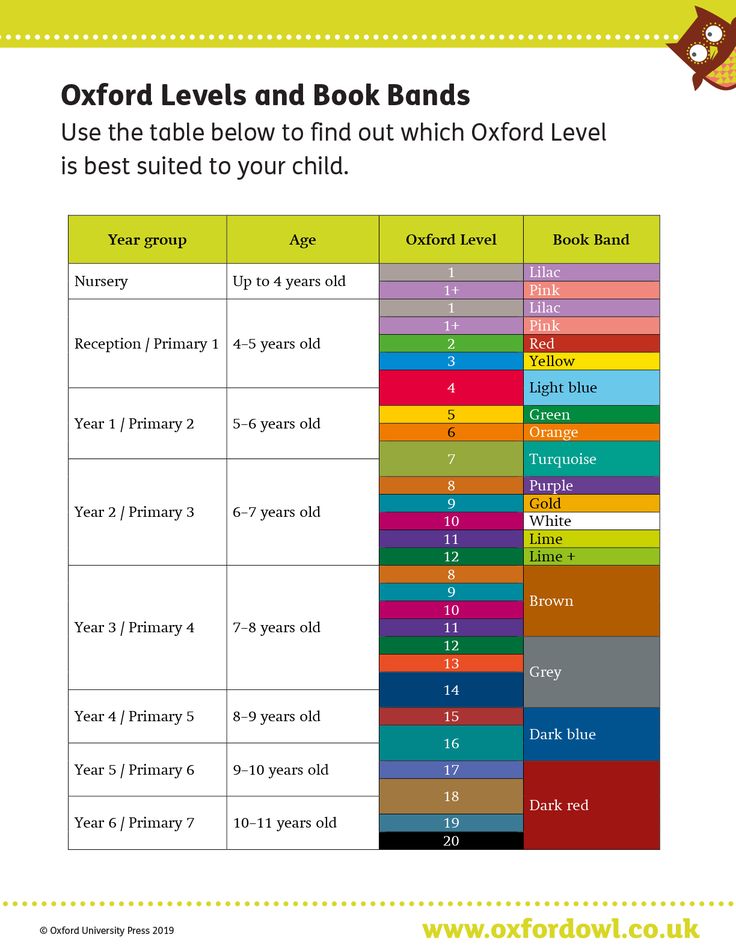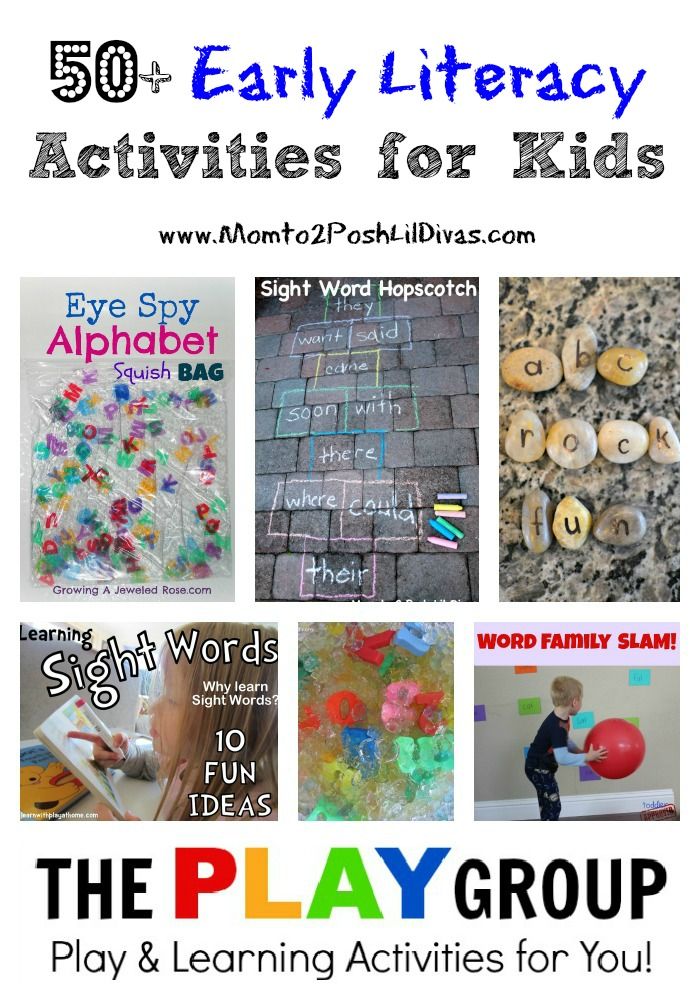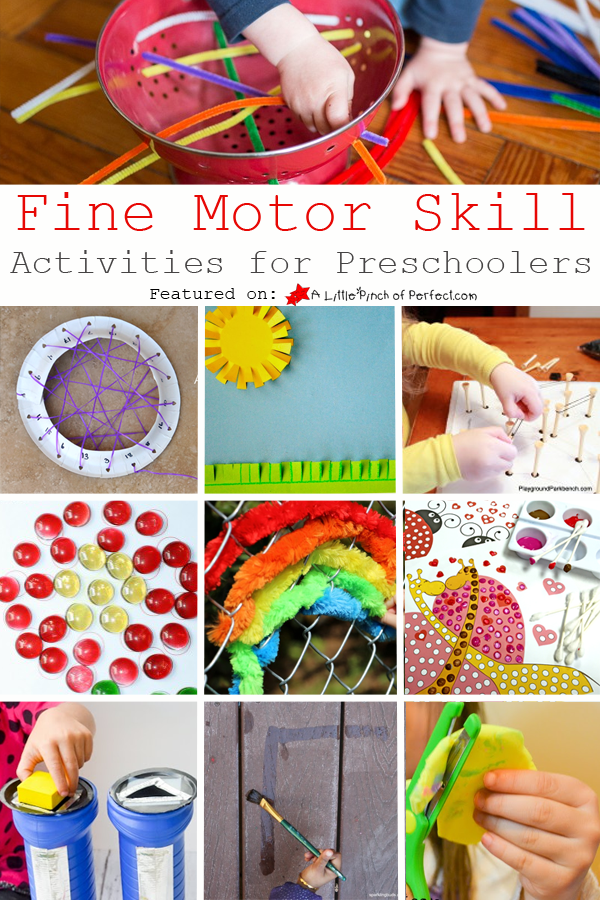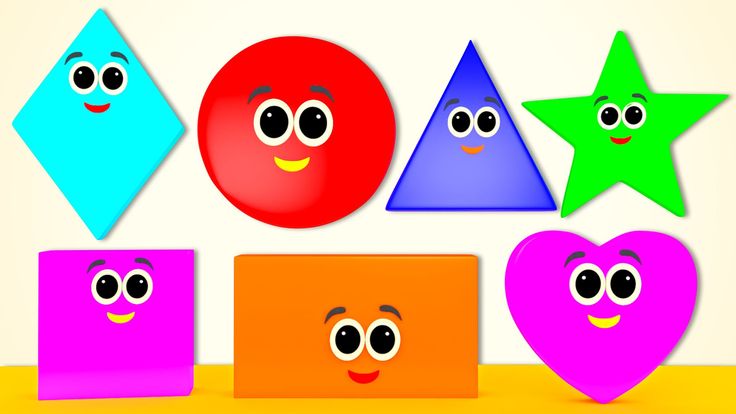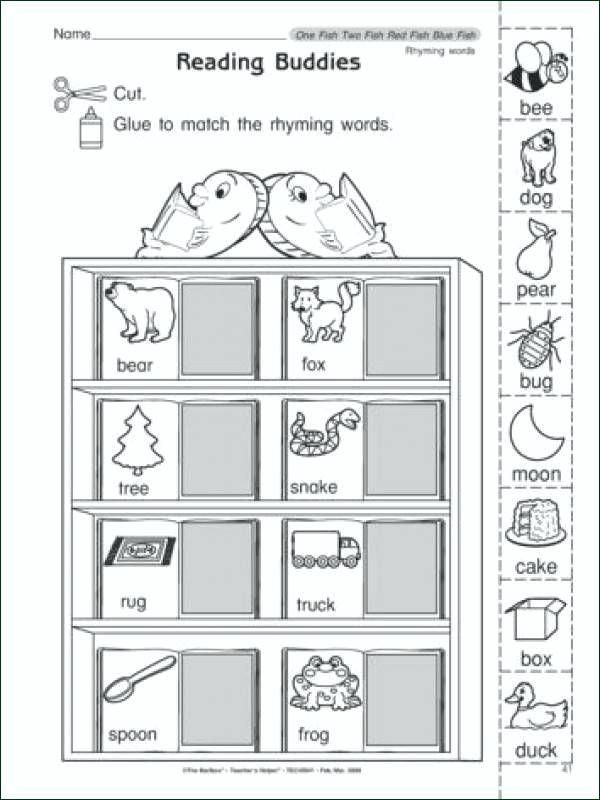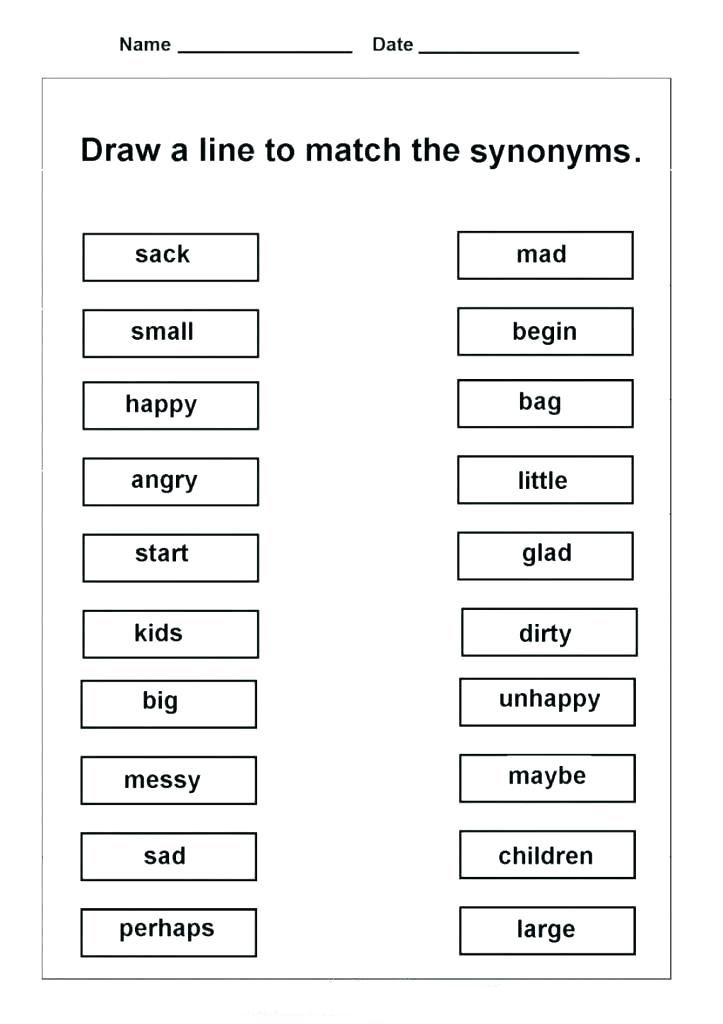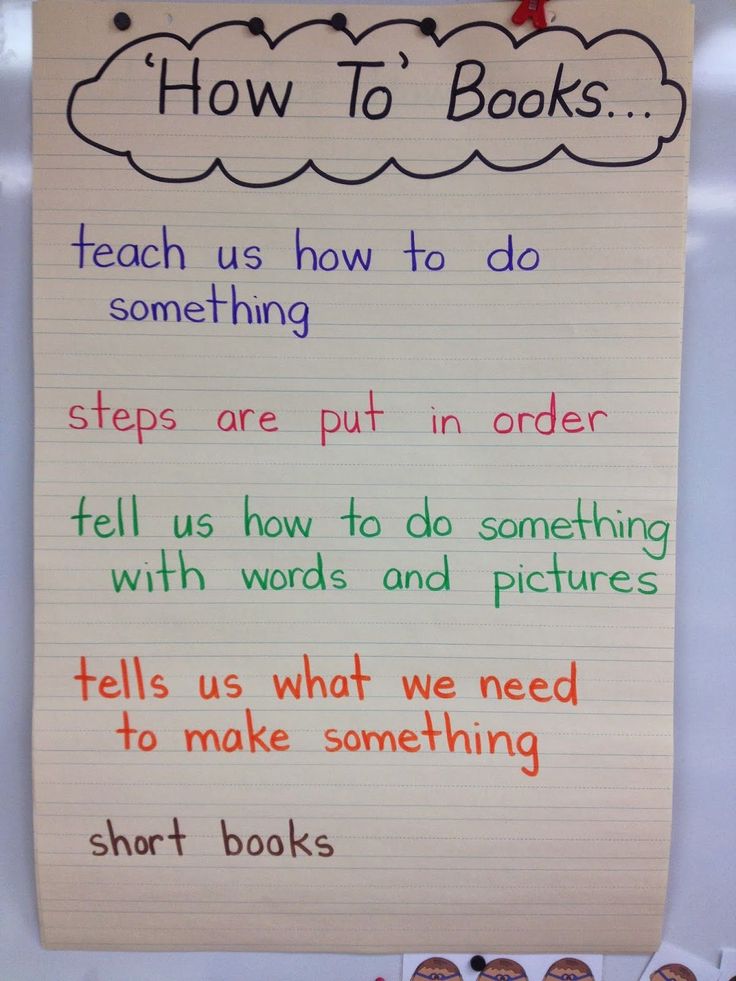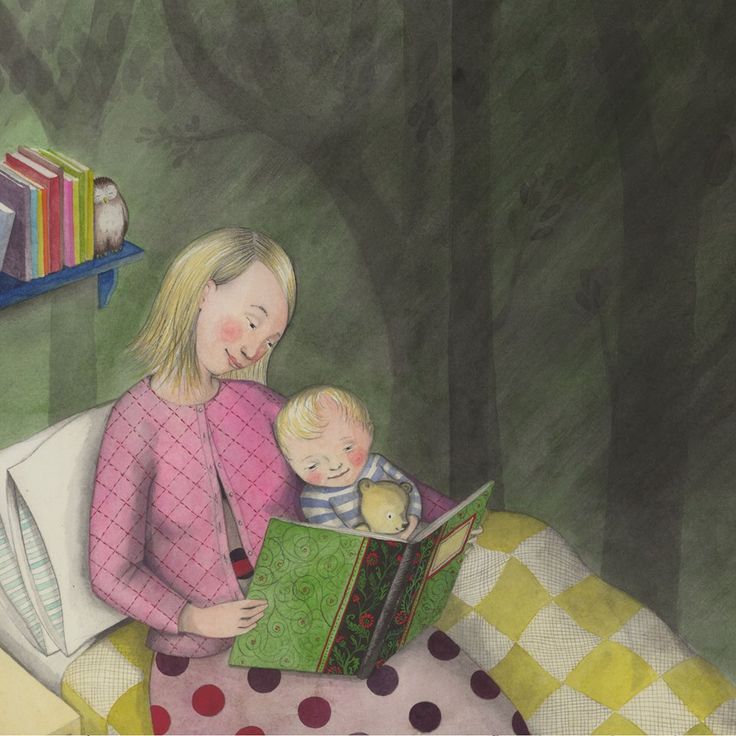How to find the guided reading level of a book
How to Find a Book's Level
Get a Word or Google doc of this page for $10. All donations support the high maintenance fees of this unsponsored website. Please specify in the PayPal message box or email me ([email protected]) the name of the page you would like. Documents do not include images due to copyright laws. Please do NOT repost my work online. I am protected by CopyScape – I am alerted to duplicate content. Thank you!This page will teach you how to find a book’s level. You can also find a website’s level!
Check out: Reading Length.
1. Booksource ~ enter title. To get titles at specific levels by genres and subjects, try Scholastic Book Wizard. Be sure to go by “Guided Reading Level” under the “LEVEL” tab. Book Finder and Accelerated Book Finder can suggest the right leveled books. Leveled Book Database can help you, also. Enter the guided reading level that you want, and a list of books will appear.
2. Try these book leveling apps: Level It Books.
3. If the book isn’t there, enter a 100-word sample into Readable. Go by the Flesch-Kincaid grade level. This site used to be free, but there may be a fee now.
4. If you are trying to get the readability of a website, entire the URL here. This is extremely useful if you are assigning online articles.
5. Old Fashioned Fry Graph ~ If you are having trouble finding even an approximate grade level, try this old-fashioned method.
6. Readability Formulas
7. Use this Lexile.com site to get Lexile levels. Click the orange “Lexile Tools.” Scroll down to “Find a Book.” When you enter a book title, vocabulary words to teach/learn are suggested in many cases. Read What Lexile Measures Mean. You can also analyze your own text for Lexile level by copy and pasting it in the analyzer box.
Please see my Free Online Books for Kids page. Many texts are leveled there!
Typical Reader Measures by Grade
| Grade | Reader Measures, Mid-Year 25th percentile to 75th percentile (IQR) |
| 1 | Up to 280L |
| 2 | 230L to 580L |
| 3 | 360L to 720L |
| 4 | 480L to 830L |
| 5 | 620L to 950L |
| 6 | 690L to 1020L |
| 7 | 780L to 1090L |
| 8 | 820L to 1140L |
| 9 | 880L to 1170L |
| 10 | 920L to 1200L |
| 11 | 940L to 1210L |
| 12 | 950L to 1220L |
Edited on 11/06/2022
Copyscape alerts me to duplicate content.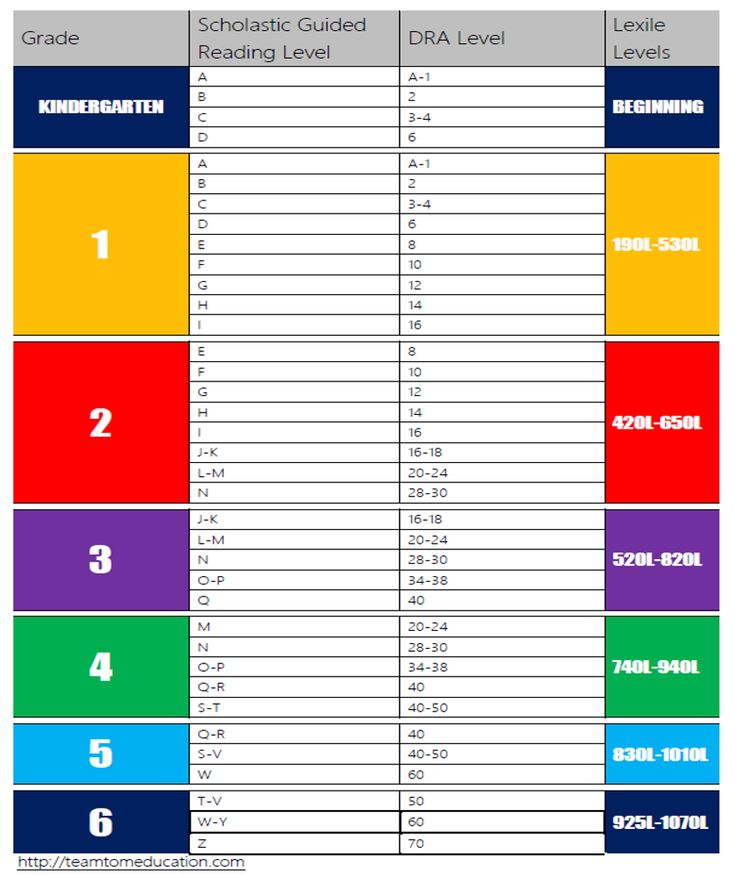 Please respect my work.
Please respect my work.
How To Determine Reading Level Of A Book
Learning how to determine reading level of a book helps you find appropriate books for your child and challenge their abilities.
When choosing children’s books, the reading level of the book can be pretty important. You want to challenge children to read a bit higher than they think they can while not discouraging them with books that are too difficult.
Whether you have beginning readers or advanced readers in your life, learning how to determine the reading level of a book is a valuable tool. Thankfully, parents and educators have a number of tools available to help them.
This guide will discuss what reading levels are, how to find them and how you can ensure that the books you offer are suitable for the children in your life.
Contents
- Tips on How To Determine Reading Level Of A Book
- What is Reading Level?
- Why Reading Level is Important
- Reading Level and Interest Level
- Common Measures for Reading Levels
- Tools to Find the Reading Level of a Book
- A Final Word on How to Determine Reading Level of a Book
- FAQs About how to Determine Reading Level of a Book
- Author
Tips on How To Determine Reading Level Of A Book
So how can you determine the reading level of a book? Before delving into the tools available to help you find a book that your child can read, first, you must understand what reading level is.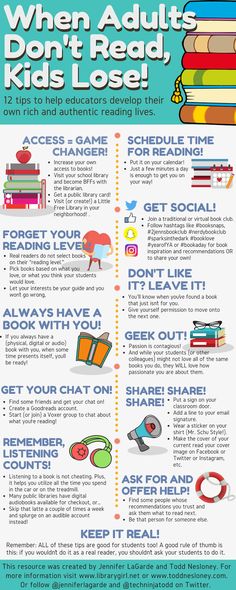
What is Reading Level?
The reading level of a book determines how well a child can read it independently. Unfortunately, reading level is often confused with grade level, so a book with a fourth-grade reading level is designed with vocabulary and syntax that the average fourth grader can understand.
However, it is not always as simple as picking a book that is leveled at your child’s grade level. Your child’s teacher can tell you that students fit into a wide range of levels, even within the same classroom.
As your child’s reading skills develop, you’re going to need to find reading materials that match. Knowing how to read reading levels will help.
Why Reading Level is Important
Children who are learning to read need to have a text they can read successfully. If text is too easy, the child gets bored. If the text is too hard, the child gets frustrated.
This balance is where the reading level helps. Finding a book that matches your child’s abilities and interests will encourage successful reading, and reading level is key to that.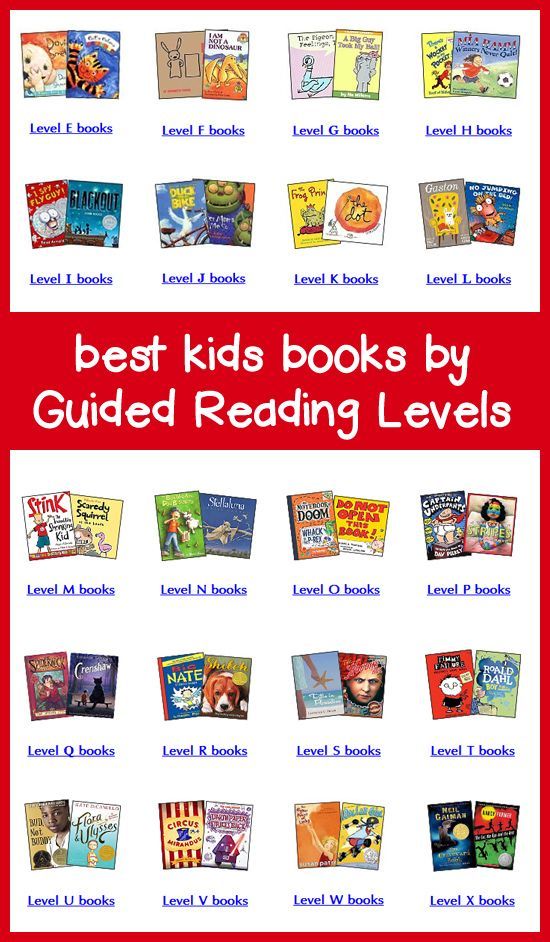
Reading Level and Interest Level
Adding interest level to your decision-making will help guide you to the books they will be most interested in readingAnother benchmark you can check into is interest level. This metric shows how interesting a particular book is likely to be to your child based on their age or grade level.
If a child is particularly behind or advanced in reading level, finding books they want to read but match their reading level becomes more challenging. Adding interest level to your decision-making will help guide you to the books they will be most interested in reading.
Common Measures for Reading Levels
Many tools measure reading levels. As you learn how to determine the reading level of a book, you will find that these tools make the job a lot easier, so you can find a book that fits the child’s reading level. Here are some popular reading systems to consider.
1. Fountas-Pinnell Guided Reading Level
Fountas and Pinnell created the Guided Reading Level.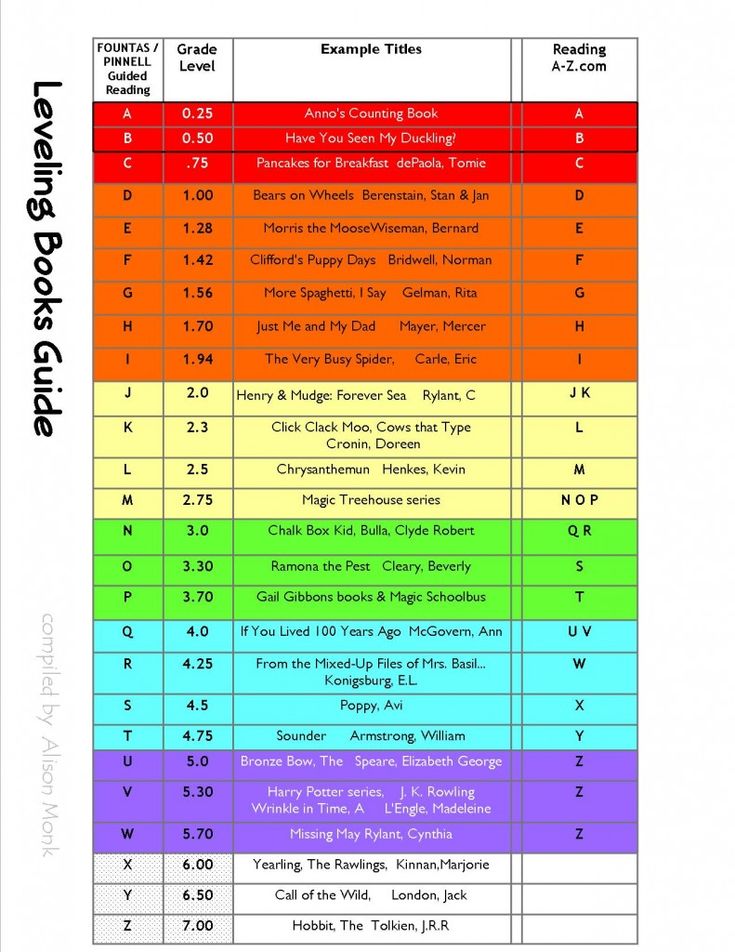 This leveled reading system assigns a level to individual books. Factors that impact that level include repetition of words, the complexity of sentences, and sentence length.
This leveled reading system assigns a level to individual books. Factors that impact that level include repetition of words, the complexity of sentences, and sentence length.
This program uses specialized reading lists with books that already have a grade level measure.
2. Grade Level Equivalent
The Grade Level Equivalent leveled reading system assigns an actual grade level to the book based on what students typically can read at a particular stage of their education. This metric is labeled with a decimal point, where the first number is the grade level, and the number after the decimal point indicates the number of months into the school year the student would be. So, a score of 2.1 means second grade one month into the school year.
For parents that are new to reading levels, this can be a helpful metric as it shows a level they can easily relate to their student’s age and grade. However, parents need to realize that students develop their reading abilities at different speeds, so any particular child may read at, above, or below the published reading level.
3. Developmental Reading Assessment
The Developmental Reading Assessment, or DRA, assesses a child’s reading ability through a reading test. It then gives the student a score based on that test. Factors it checks include:
- Phonemic awareness
- Alphabetic principles/phonics
- Fluency
- Vocabulary
- Comprehension
- Reading engagement
Books are given corresponding scores based on text complexity and vocabulary. Thus, teachers and parents can easily connect students to books that fit their abilities after taking the test by lining up the test scores with the scores of the book.
4. Lexile Framework for Reading
The Lexile Framework is a National Institute of Child Health and Human Development metric. It uses Scholastic Inventory Test scores to evaluate text and determine what reading level it is.
To use the Lexile Framework, students must take a standard test or the Scholastic Reading Inventory (SRI). This then matches them with a reading level that matches their ability.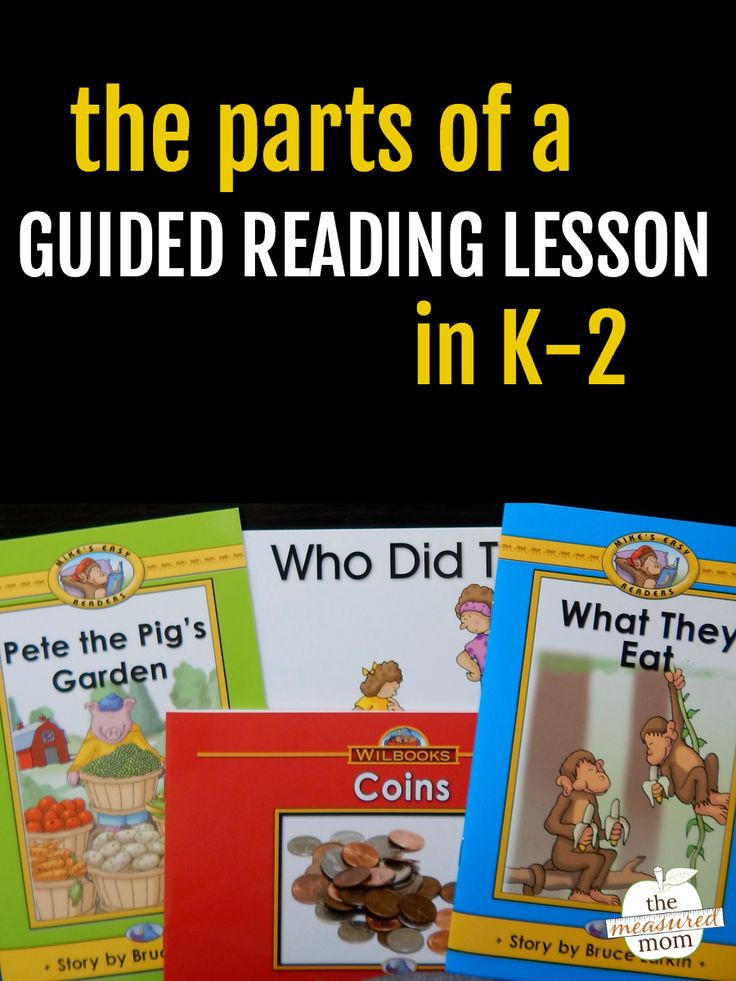
You can look up the Lexile level of a book online on the Lexile website.
5. Accelerated Reader Book Levels
Accelerated Reader is a complex readability formula that rates text complexity. It uses grade level ratings to indicate what year and month a student could read a book independently.
Accelerated Reader is different from straight grade level equivalents because it uses interest level as well. This indicates if the content of a book is age-appropriate for the particular grade level.
Tools to Find the Reading Level of a Book
Understanding the different reading tests and reading level measures is important, but it does not help you learn how to determine the reading level of a book when your child wants to read something. Thankfully, you have several tools at your disposal to help.
1. Scholastic’s Book Wizard
Scholastic offers a book wizard tool that has over 65,000 children’s books in the database. You can search using the title and author to find an individual book’s reading level.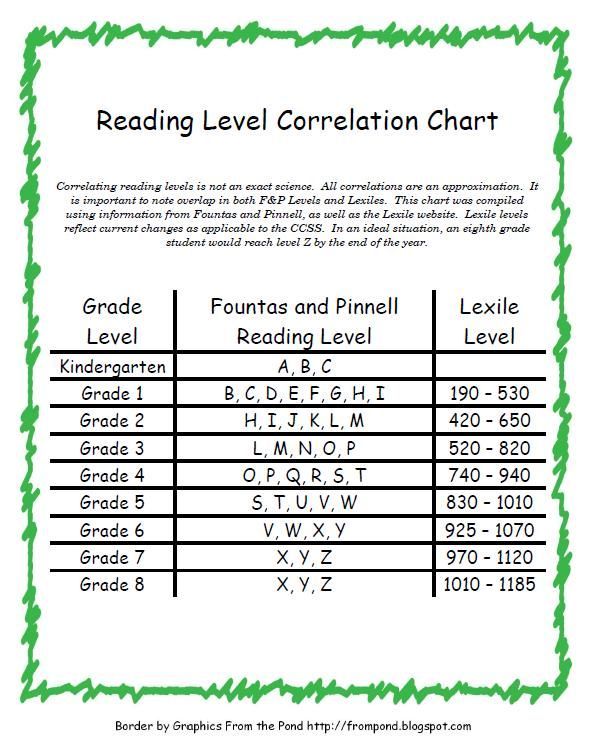 If you are looking for recommendations for your child, you can search by reading level, subject, grade level, or genre and get a list of suggestions.
If you are looking for recommendations for your child, you can search by reading level, subject, grade level, or genre and get a list of suggestions.
2. Renaissance ATOS Analyzer
If you can’t find your book or text in another tool, you can copy a portion of the text into the ATOS Analyzer to see how it rates. This tool uses a readability formula to tell you how easy something is to read. It also merges with the Lexile measure, so you can search for individual books if they are in the database.
3. Lexile Look Up
Lexile’s online tool lets you search for a book by its ISBN. Just enter the number on the Quick Book Search to see if it is in the database. The website also allows you to look at a list of books based on your child’s reading level.
4. Accelerated Reader Search Tool
The AR search tool lets you search for a particular book’s readability, Lexile level, and interest level. It reports a grade level based on whether or not a child will be challenged in the reading but not frustrated.
5. Correlation Chart
The Correlation Chart is part of the State of Washington public library system. It lets you find the reading level of a book, then use the tool to compare that to the reading level in another measurement. If you are looking for a specific measure but know another one, this tool can help you compare.
A Final Word on How to Determine Reading Level of a Book
Reading levels help you choose books for your child that fit their interests and abilities. You can avoid frustration and boredom by selecting appropriate books. Using reading levels also encourages more independent reading, especially with young readers.
Parents can sometimes struggle with finding reading levels for different books, but using a book’s ISBN, you can search in several tools that have book lists based on reading level. Using these tools and asking your child’s teacher what their current reading level is will allow you to choose the right reading material for your child.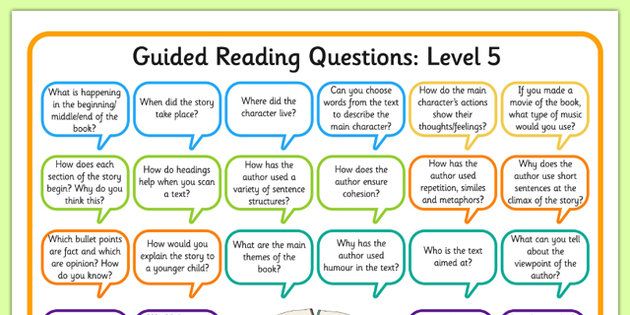
FAQs About how to Determine Reading Level of a Book
How to find the reading level of a book?
Using different tools, such as the Scholastic Book Wizard or the Accelerated Reader Search Tool, you can learn the reading level of many children’s books to help you choose appropriate reading options for your child.
How to determine my child’s Lexile reading level?
If your child is at school, they will be tested each year under their standardized testing program. This testing will give your child a Lexile reader measure. Simply ask your child’s teacher or check their standardized test score report to learn your child’s measure.
Join over 15,000 writers today
Get a FREE book of writing prompts and learn how to make more money from your writing.
Powered by ConvertKitAuthor
How to read and discuss books
Let's take a closer look at each way of reading.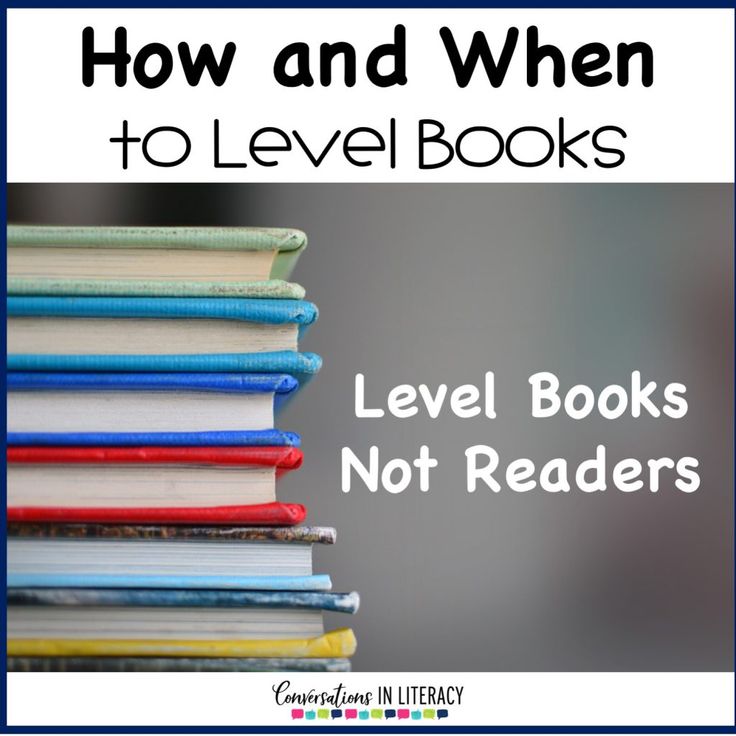
1. Elementary Reading
This is the level of reading taught in elementary school, that is, putting letters into words. If you are reading this article, you have mastered this skill.
2. Inspection (introductory) reading
Inspection reading is suitable for working with large amounts of information. It includes a quick introduction to the contents of the book by reading the preface; studying the table of contents; front and back of the book cover. In the inspection method, a conclusion with the main conclusions is also visible. It is clear that this method is not suitable for reading fiction, but it will do for business and popular science. Also, with this method of reading, it is useful to study reviews of the book. Inspection reading also includes reading across the sheet, when you quickly familiarize yourself with the text without comprehending it.
3. Analytical reading
Analytical reading involves the intense involvement needed to understand what is said and meant in a book.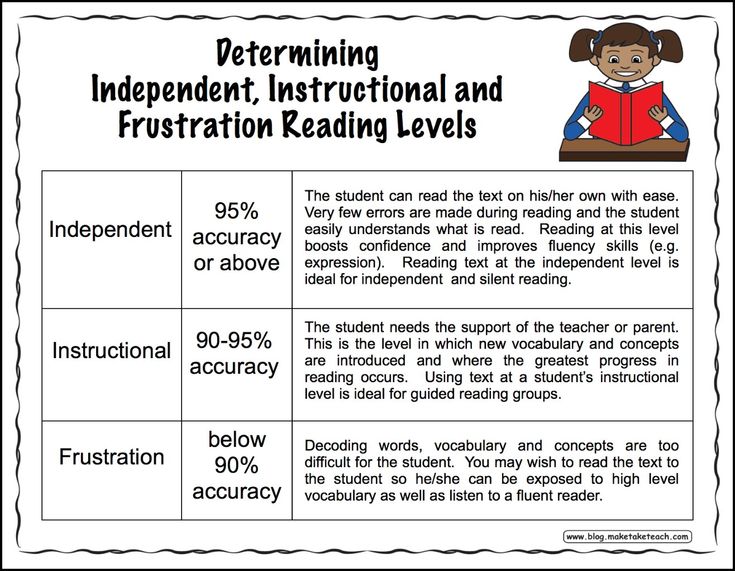 In analytical reading, you not only get acquainted with the text, but also carry out preliminary work on the study of the author, genre, context of a literary work. While reading, the reader should ask himself the following questions:
In analytical reading, you not only get acquainted with the text, but also carry out preliminary work on the study of the author, genre, context of a literary work. While reading, the reader should ask himself the following questions:
● What is the meaning of this paragraph?
● How does this information relate to what I already know?
● What does the author say about ...?
When you ask yourself questions while reading, you constantly evaluate what has been said. When reading, take a longer pause after a difficult piece of text. Make sure you fully understand what the text says; break the text into smaller chunks; look for words you don't understand; summarize what you read and also discuss the text with someone. These steps will help you fully process and understand this piece before moving on. After reading, analyze the book, identifying its main ideas and value.
Analytical reading is instilled in literature lessons at school, when you first learn the biography of the author and the time in which he lived.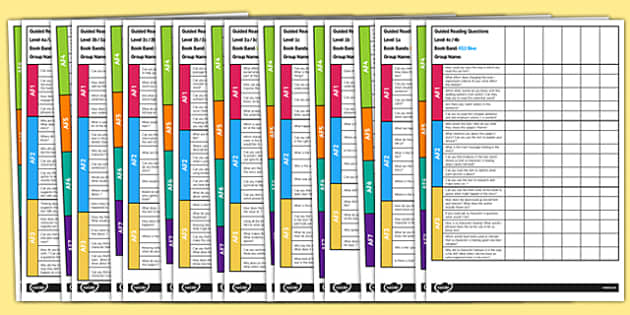 Then read the text and discuss it with the teacher. This process ends with an essay on the topic. As an adult, it is not necessary to write an essay in order to analyze a book well. However, it is important to go through the preparatory and final stages at least minimally, having studied one or two links, in order to get a complete picture.
Then read the text and discuss it with the teacher. This process ends with an essay on the topic. As an adult, it is not necessary to write an essay in order to analyze a book well. However, it is important to go through the preparatory and final stages at least minimally, having studied one or two links, in order to get a complete picture.
4. Research (syntopic) reading
The most difficult reading of all, most suitable for scientific activities in the field of comparative literature, but can also be used in everyday reading. In this case, reading books becomes a hobby. Syntopic reading involves reading many books on the same topic, and comparing and contrasting authors, their ideas, the vocabulary of the text, etc. The purpose of research reading is not to achieve a general understanding of any particular book, but is to study a certain aspect that is common to several books. This task is solved by comparing passages, translating terminology, formulating questions, defining the problem.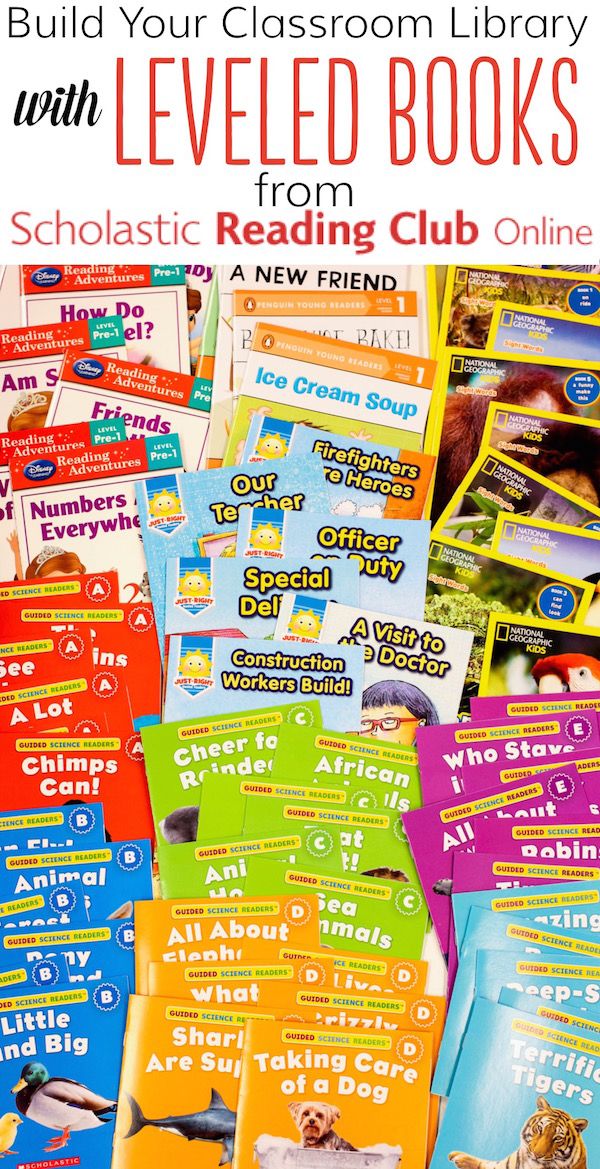 Specifically, there are five basic steps to exploratory reading.
Specifically, there are five basic steps to exploratory reading.
● Search for suitable passages. You need to find books that are relevant to the topic, and then select the passages from them that best suit your needs. This is where inspection reading comes into play.
● Search for keywords. In analytical reading, you must identify key words or concepts and how they are used by the author. The process of finding similar concepts is quite difficult, as each author is likely to use different terms and concepts to formulate their arguments.
● Clarification of questions. Instead of focusing on the problems the author is trying to solve, you need to focus on the questions you want answered: why does the author describe the character in this way, why does he use this particular era?
● Problem definition . If you have asked a clear question, to which the authors have answers, then the problem and the literary source have been identified correctly.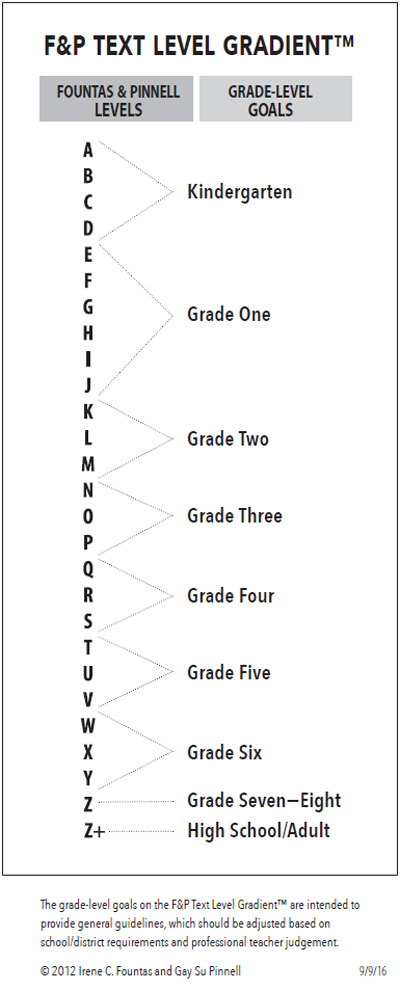 Different authors may have completely opposite points of view on the problem.
Different authors may have completely opposite points of view on the problem.
● Shaping an opinion. It is presumptuous to expect that in the analysis of the text there will be at least one indisputable truth. But from several opinions of the authors, you can form your own informed opinion.
How to Discuss
Book discussions are a great way to spend time where book lovers can get together, analyze and have a lively discussion about plot twists, character flaws, and ending meanings. Here are some examples of questions to ask yourself and others after reading this book.
1. What was your initial reaction to the book? Did it hook you right away or did it take you a while to sink into it? These questions will give you a starting point for analyzing and discussing the book.
2. Do you think the story focused on plot or character? From here you can either delve into a discussion of the character's qualities and actions or plot twists that especially hooked you and other participants in the discussion.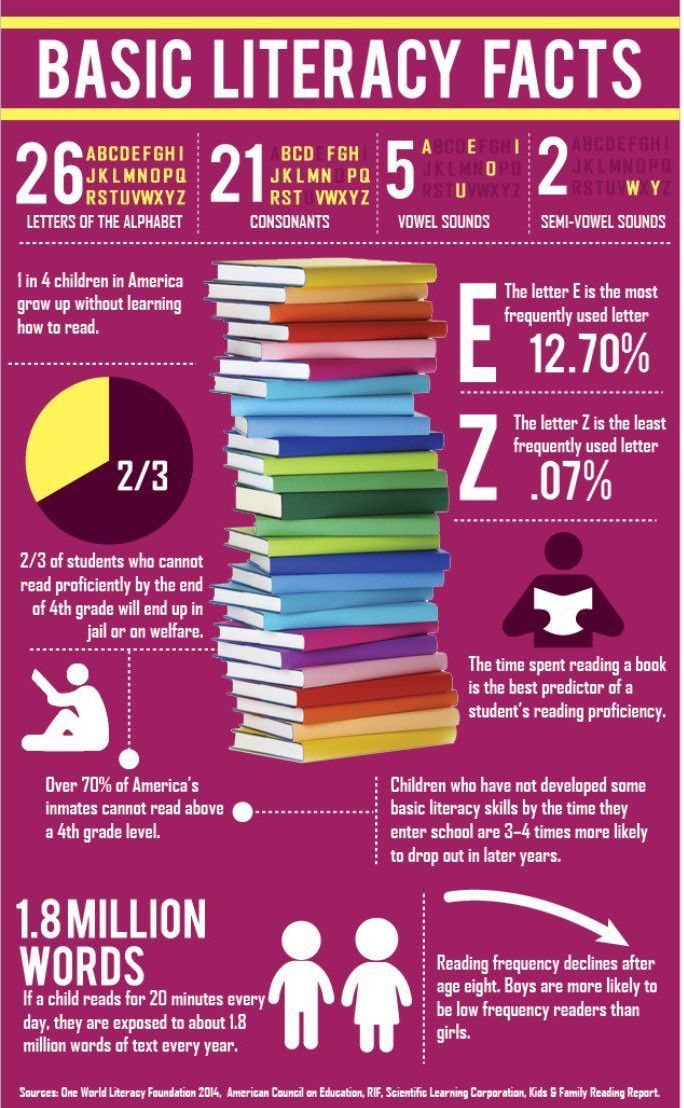
3. What is your favorite quote or passage from a book? One of the most interesting things about discussing books is finding out what parts of a story or what statements get other people's attention. Ask each member of the discussion to read a favorite passage or quote aloud. This will not only give you the opportunity to refocus on important points in the book, but also interpret them in a whole new way.
4. What made the place, time, and setting unique or important? Could the story take place somewhere else? In many books, the setting and the era are a defining part of the story, sometimes acting as a separate character. Use this question to find out how the setting influenced events in the book's plot.
5. What topics of the book have become defining? What is the most important topic in the book? These questions are too similar to the elements of a literary essay, but nevertheless they are important and often lead to a good discussion.
How to participate in the discussion
1. Watch your speech. Try to avoid words like "terrible" or "idiotic" when discussing books. This will not help in the discussion, but will only lead to unnecessary conflict. Instead, talk about your experience, how you felt while reading the book.
2. Don't be dismissive. If you disagree with someone else, don't call him or her an ignoramus. Just say, “I'm not sure I see this situation or the characters this way. That's what I think…".
3. Explain your point of view. Use specific passages from the book to support your opinion.
4. Read with a pencil. Take notes or mark passages that strike you or that you find significant, funny, or insightful, to be read later when discussing the book.
We hope that these tips and suggestions will help make the process of reading books even more fun.
Setting reading goals in the Books app on iPhone
The Books app helps you keep track of how many minutes you spend reading each day and how many books and audiobooks you read or listen to throughout the year. You can set goals to spend more time reading, set new reading time records, and share your progress with friends.
You can set goals to spend more time reading, set new reading time records, and share your progress with friends.
Change your daily reading goal
You can set your daily reading goal depending on how many minutes you want to read every day. If you haven't set your daily reading goal, it will default to 5 minutes a day.
-
Tap Reading Now, then swipe down to Reading Goals.
-
Touch Adjust Target.
-
Drag the counter up or down to set the number of minutes you plan to read per day, then tap Done.
When your daily reading goal is reached, you will receive a notification from the Books app. Tap this notification to view the details of your achievement or share it with your friends.
To make sure you get a notification when you reach your daily reading goal, go to Settings > Notifications > Books, then turn on "Allow Notifications".
To count PDF files towards your reading goal, go to Settings > Books and turn on the Include PDF option.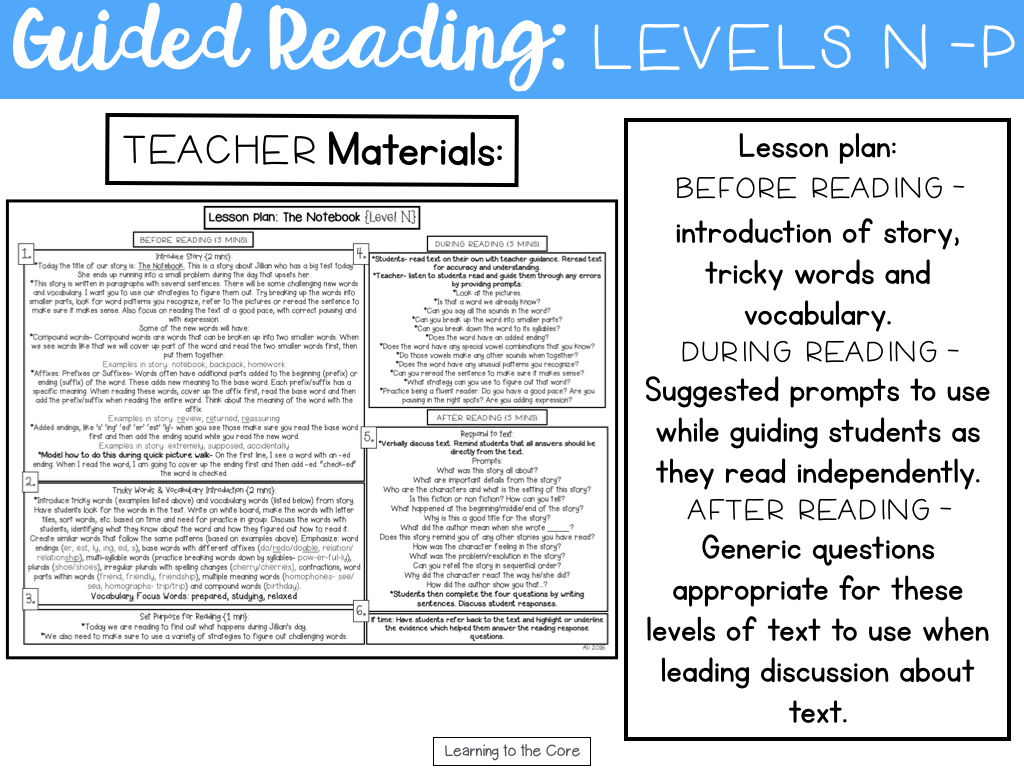
Change your yearly reading goal
After you finish reading a book or listening to an audiobook in the Books app, a collection of "Books read this year" appears below the Reading Goals option. The default annual reading goal is 3 books, but you can expand or shorten your goal depending on how many books you plan to read.
-
Tap Reading Now, then swipe down to Books Read This Year.
-
Tap the placeholder square or book cover, then tap Adjust Target.
-
Drag the counter up or down to set the number of books you plan to read in a year, then tap Done.
When your annual reading goal is reached, you will receive a notification from the Books app. Tap this notification to view the details of your achievement or share it with your friends.
View your reading periods and highs
In the Books app, you can see how many days in a row you hit your daily reading goal, and if you set a high, you get a notification.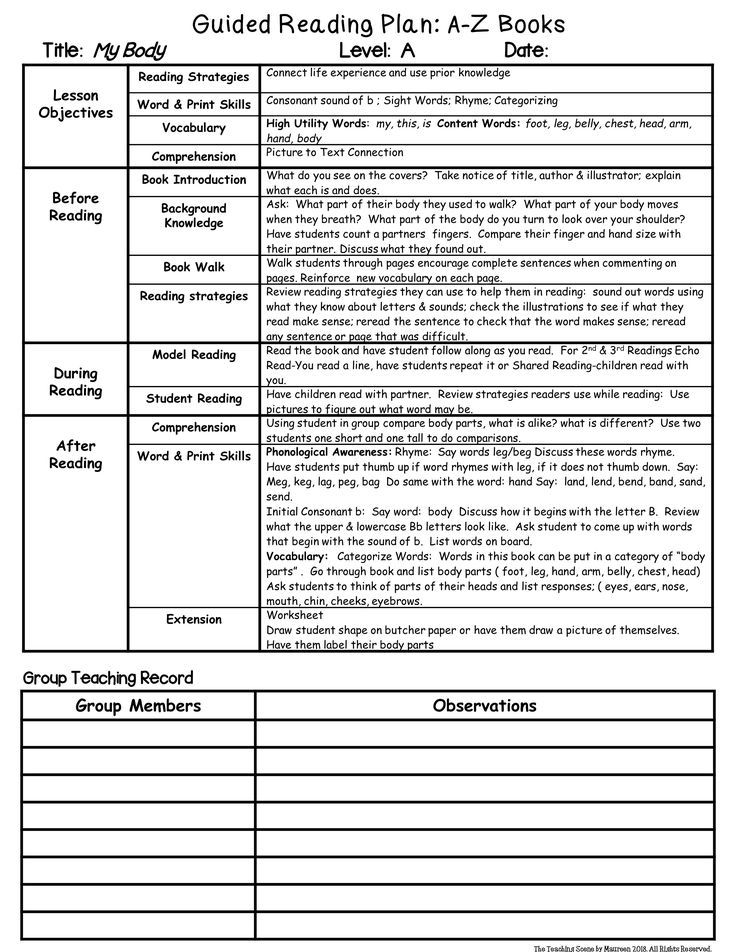
To view your current reading period and high score, tap Reading Now, then swipe down to Reading Goals.
Turn on hints
You can turn on hints to remind you to move forward towards your reading goal and help you achieve it.
-
Tap Reading Now, then tap your account icon in the upper right corner.
-
Tap Notifications and turn on Hints.
Turn off notifications about reading goals
You can turn off notifications when you reach a reading goal or the longest reading period.
-
Tap Reading Now, then tap your account in the top right corner.
-
Tap Notifications and turn off Completed Goals.
Turn off Reading Goals
Go to Settings > Books and turn off Reading Goals.
When Reading Goals is turned off, the read indicators on the Reading Now tab are hidden and you do not receive read notifications.